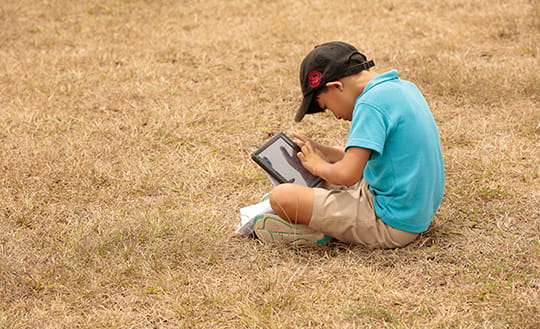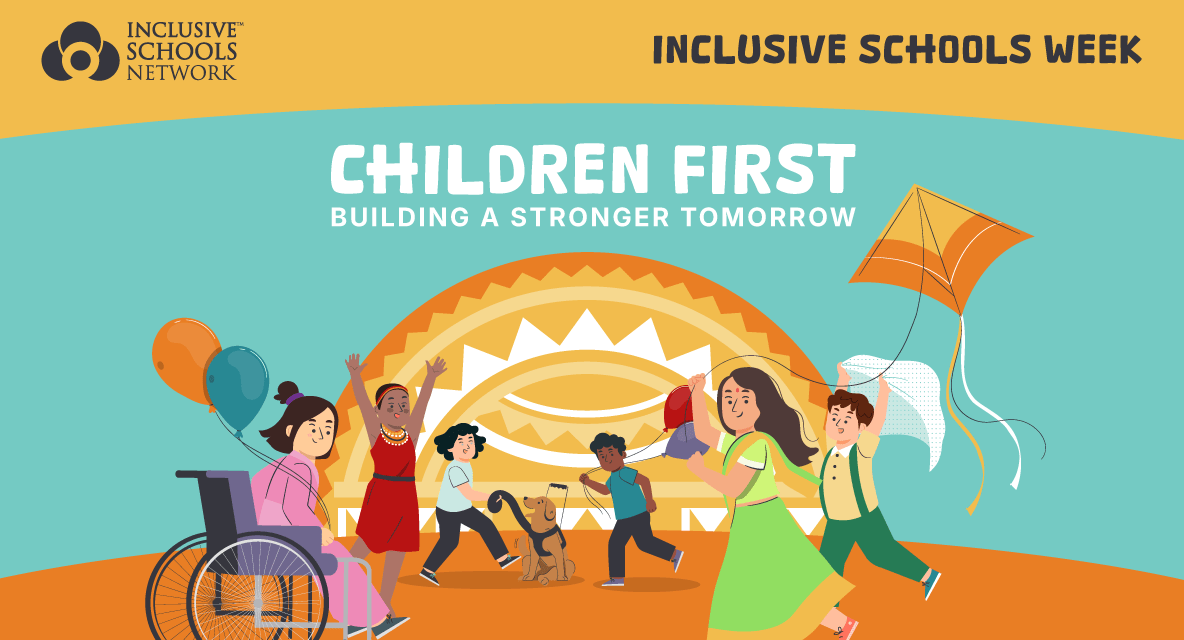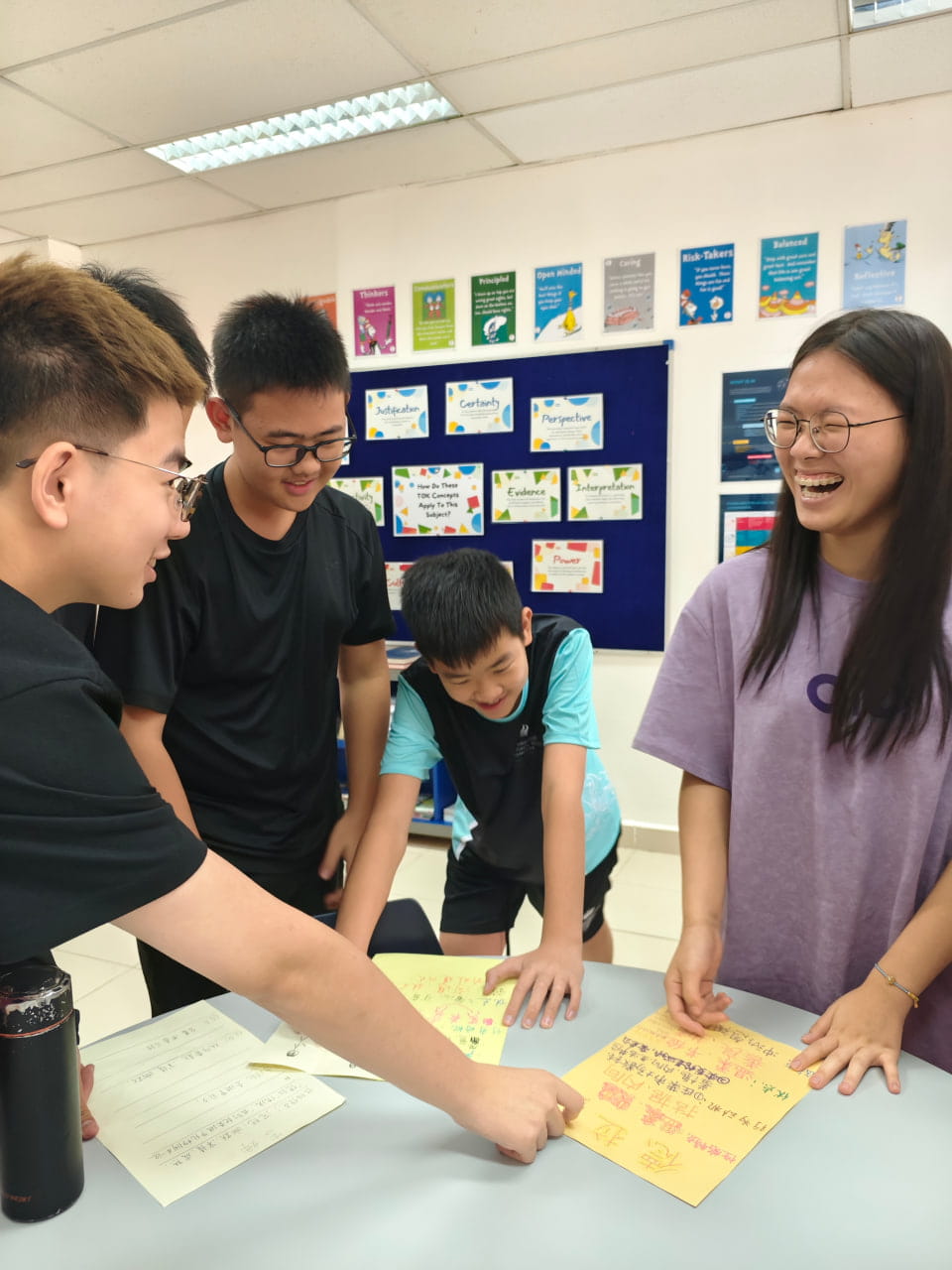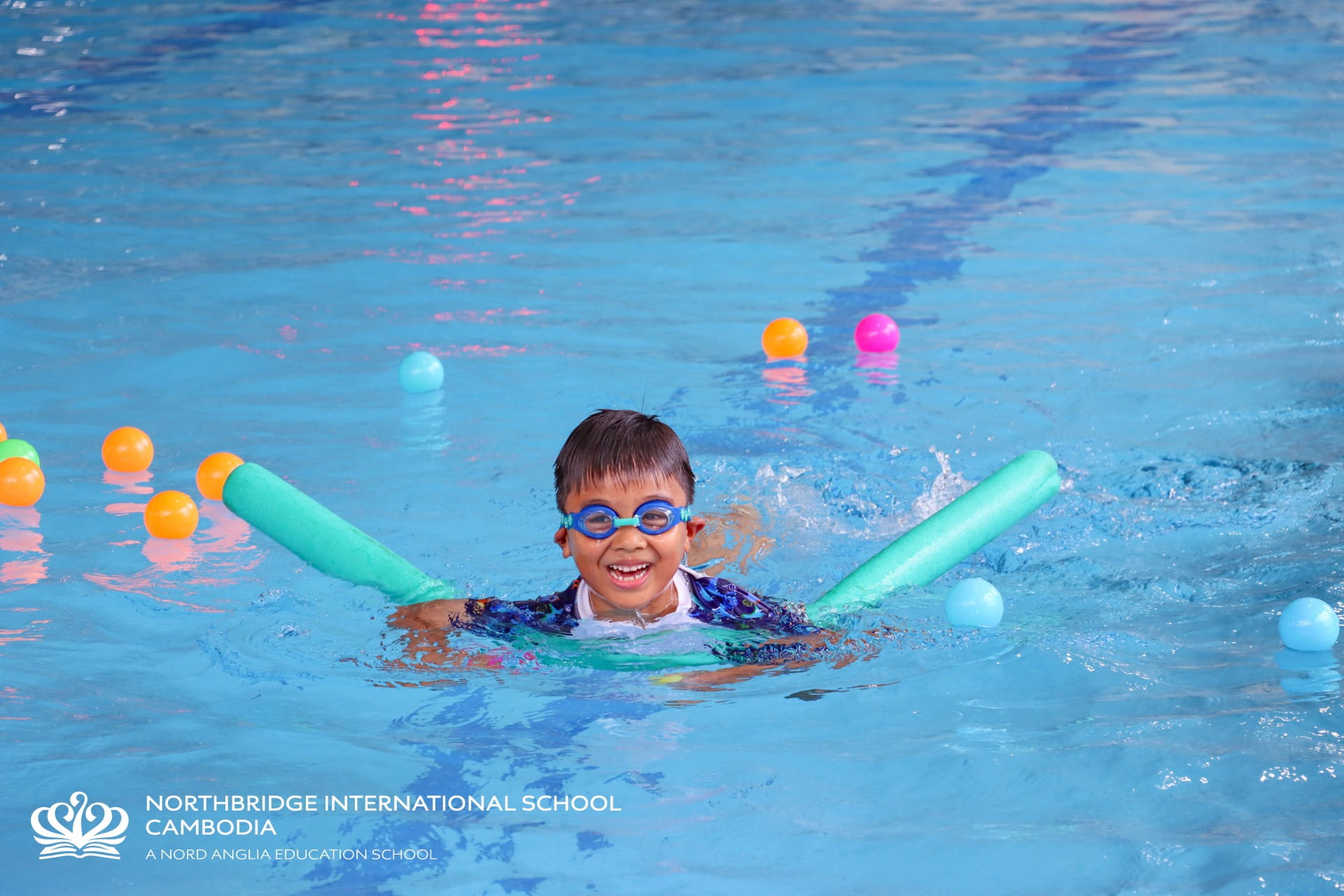Education technology provides Northbridge students with engaging, personalised learning Education technology at Northbridge International School Cambodia is bridging the gap between theory and practice by providing students more engaging, personalised learning experiences, teachers are finding. Increasing and integrating the use of mobile devices at schools can engage students at a deeper level with what they’re learning, San Roberto International School’s IT Director Arturo Dares says.

Education technology at Northbridge International School Cambodia is bridging the gap between theory and practice by providing students more engaging, personalised learning experiences, teachers are finding. Increasing and integrating the use of mobile devices at schools can engage students at a deeper level with what they’re learning, San Roberto International School’s IT Director Arturo Dares says.
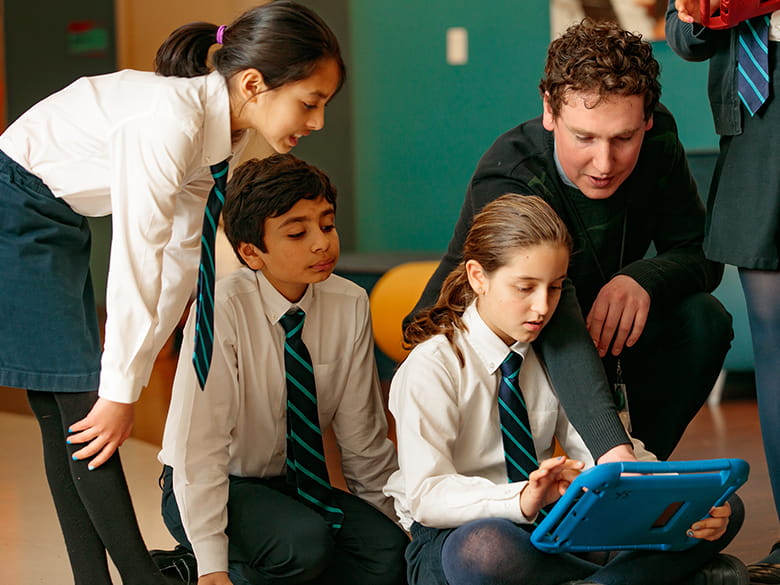
Using a 3D printer, students are reimagining mathematics, with teachers using technological tools to bring abstract and often difficult concepts to life.
Once upon a time IT and mathematics were two distinct subjects, nowadays they are very much entwined, according to Mr Dares.
He said a group of students could now watch first-hand how a parabola intersects with a sphere, and have the shapes printed out using a 3D printer, bringing the theory to life.
“Making the students see what that concept means, being able to touch it was life-changing for them,” he said.
It was at this moment that sparked a desire in him to further explore how other technologies could produce the same impact in learning.
He discovered that increasing and integrating the use of mobile devices at schools could engage students at a deeper level with what they were learning.
“Imagine what that could mean for our students,” the IT Director at San Roberto International said.
It could mean a lot. Mr Dares believes various forms of education technology can help bridge the gap between theory and practice by providing students more powerful, personalised learning experiences. Mobile devices, when used judiciously as a tool, is one such modality that is successfully delivering on this and the impact on learning is tremendous.
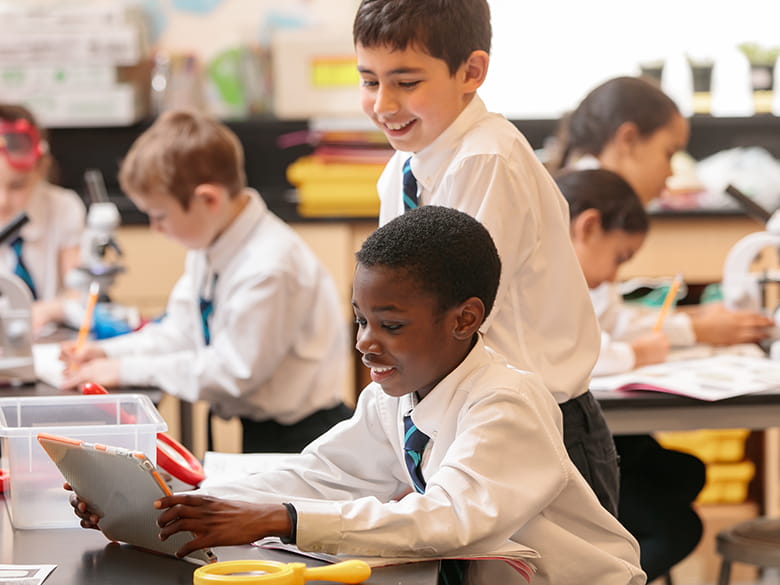
Recently Apple’s Education executive Jon Landis told EdScoop mobile application-based learning was the new “knowledge economy”. He added that pedagogy or teaching practices must evolve to accommodate this development.
According to a 2017 report by Project Tomorrow, adding mobile devices to the classroom provides students with “equity, empowerment and a better understanding of complex concepts.” It also said mobile devices offer educators an array of new pedagogical practices, which in turn enable students to develop university (and workplace) ready skills.
“It brings life into learning, instead of being in a classroom or hearing a lecture. Having mobile devices helps teachers to take the classroom beyond four walls and into a playground to do some activities, for example,” Mr Dares said.
“We want our kids to learn by living that learning.”
Mr Dares also said part of that learning also included teaching families how to be responsible when using mobile devices both inside and outside of school through a programme called ISR Nation.
Students go through a nine-stage process on how to be a digital citizen and parents learn how to assert and manage controls as well as how to talk to their children about using mobile devices.
“It’s a privilege to use it, and with that comes responsibilities on how to use the technology. Device addiction and cyber bullying are real issues,” Mr Dares said.
With many apps available to solve problems for you, educators can leverage mobile devices to pave the way for students to learn to think critically by harnessing the information they’ve gathered on their devices to determine how they want to solve complex problems.
Mr Dares said one such app, Photomath, which utilises a camera to recognise mathematical equations and display step-by-step solutions on screen, can spur students to think about what they want to do with the information they’ve gathered.
“What’s the objective of having that answer? What are you going to do with it? That’s where we’re moving into,” Mr Dares said.
Teachers can also use mobile devices to further personalise and differentiate learning for students as each one learns at a different pace and in different ways.
“If we can rely on technology to help create personal learning plans for our students then we can create an impact on the way our children learn — this is how they can live education,” Mr Dares said.
While there is much to do on how best to implement mobile device learning into current research and pedagogy, Mr Dares said NAE’s scale as a global organisation, together with the opportunity to share teaching best practice on Nord Anglia University, an online platform that shares educational thinking and strategies with teaching professionals within the group, puts them at an advantage to adopt leading-edge teaching practices.
“It helps us raise the level of our teachers to what we want it to be.”


